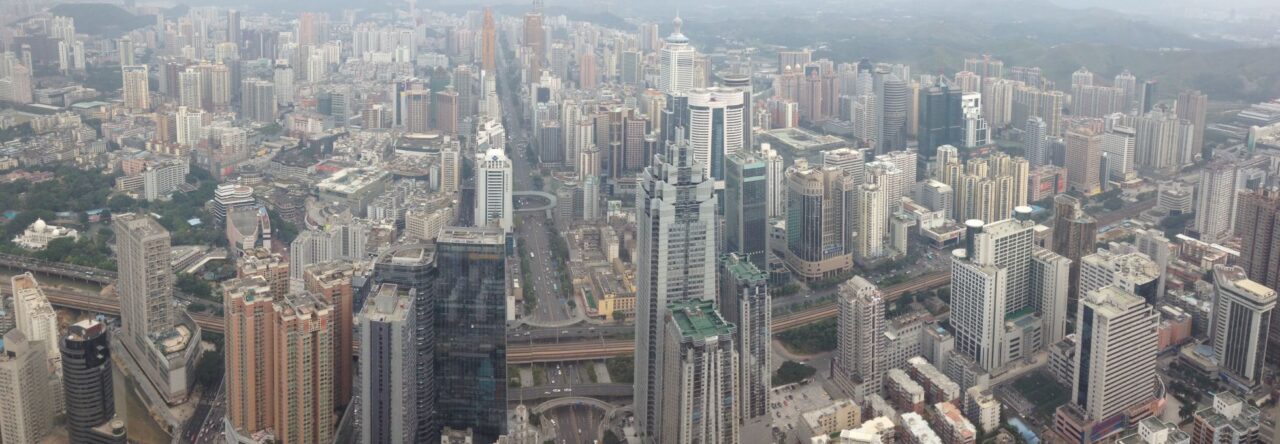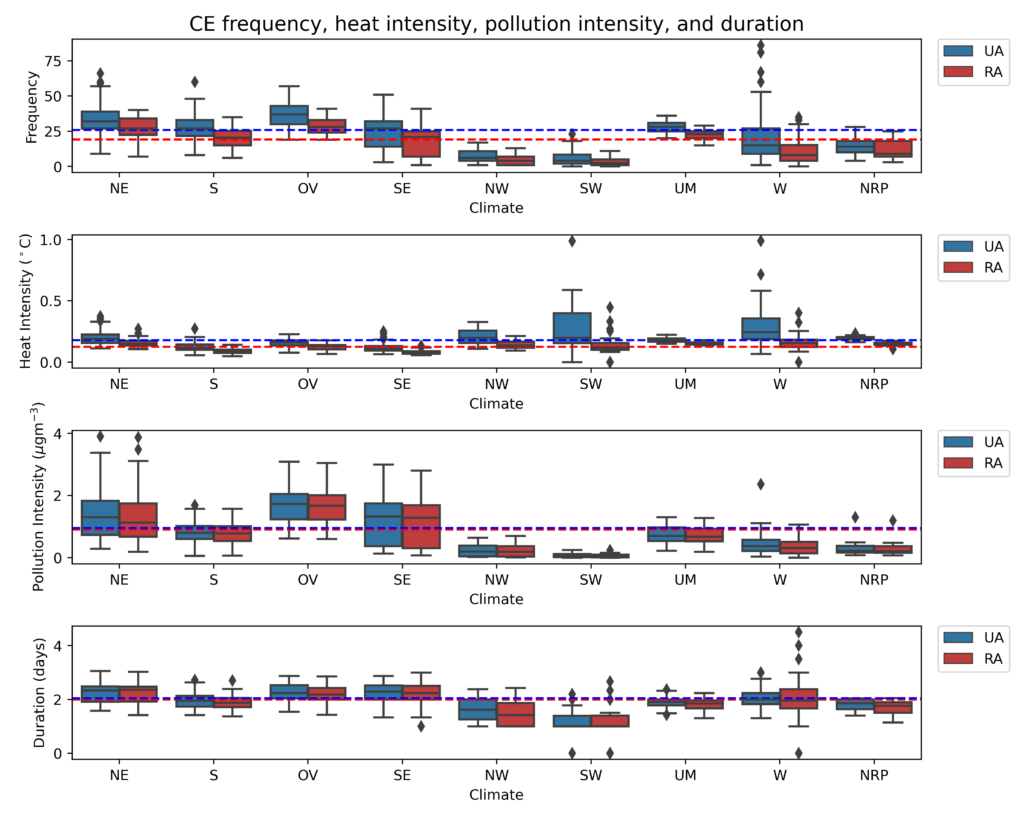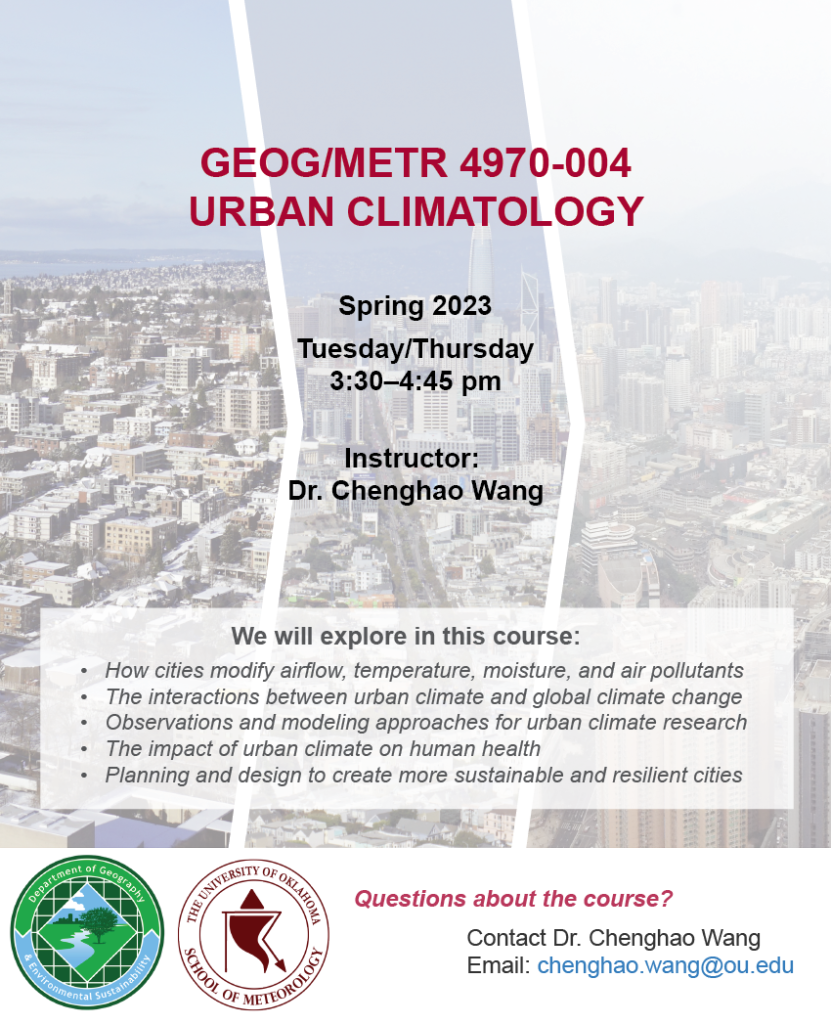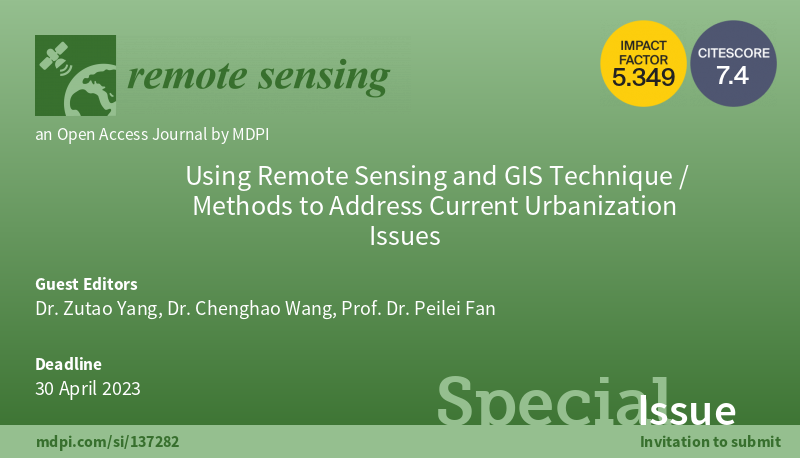The Sustainable URban Futures (SURF) Lab in the School of Meteorology and the Department of Geography and Environmental Sustainability at the University of Oklahoma in Norman, Oklahoma, USA is seeking two doctoral students who are willing to pursue research in the following areas:
1. Urban Air Pollution Modeling Position:
The SURF Lab is seeking a self-motivated Ph.D. student to develop and apply an integrated high-resolution pollutant dispersion model over complex terrain (including urban environments), which will be evaluated with field observations. The Ph.D. student will be supported through a project funded by the U.S. Department of Energy through the iM4 Technologies program (Innovative Methane Measurement, Monitoring, and Mitigation Technologies). The successful candidate will enroll in the Ph.D. program in Meteorology and will begin in Spring 2024 (starting in Jan 2024) or Fall 2024 (starting in Aug 2024). For prospective Ph.D. students, a master’s degree in atmospheric science, meteorology, engineering, Earth science, or environmental science is preferred. Candidates with the following experience/expertise are especially encouraged to apply: (1) previous research experience in air pollution modeling, (2) proficiency in programming languages (Matlab, Fortran, and/or Python), and/or (3) familiar with geographic information systems.
2. Urban Climate Position:
The SURF Lab is seeking a self-motivated Ph.D. student to work on multiscale urban climate models and/or urban climate data analytics. The Ph.D. student will be supported through a mixture of GTA and GRA. The successful candidate will enroll in the Ph.D. program in either Meteorology or Geography and Environmental Sustainability and will begin in Spring 2024 (starting in Jan 2024) or Fall 2024 (starting in Aug 2024). For prospective Ph.D. students, a master’s degree in atmospheric science, meteorology, geography, engineering, Earth science, or environmental science is preferred but not required. Candidates with experience in using programming languages (e.g., Matlab, Python, R, and/or Fortran), geographic information systems, climate projections, and/or remotely sensed data are especially encouraged to apply.
Successful candidates will work with Dr. Chenghao Wang at the University of Oklahoma. With the strong modeling and/or data analysis skills developed during the training, successful candidates will have the opportunity to work in an interdisciplinary research team and study a wide range of urban issues and challenges as well as potential mitigation and adaptation measures on the path toward sustainable and resilient urban environments.
If you are interested, please contact Dr. Chenghao Wang (chenghao.wang@ou.edu) by Sep 1, 2023 (Spring 2024 admission) or Nov 1, 2023 (Fall 2024 admission), and attach (1) a copy of your CV, (2) a brief statement that highlights your interest (and skills and previous research experience when applicable) relevant to the position description, and (3) a copy of unofficial academic transcripts and TOEFL/IELTS/PET/DET transcripts (when applicable). Review of applications will begin immediately and continue until the position is filled.
Admission requirements:
- OU Graduate College: https://www.ou.edu/gradcollege/apply/before-you-apply
- International applicants: https://www.ou.edu/gradcollege/apply/international-applicants
- OU School of Meteorology: http://meteorology.ou.edu/academics/prospective-graduate/how-to-apply/
- OU Department of Geography and Environmental Sustainability: https://www.ou.edu/ags/geography/degree-programs/graduate-program/prospective-graduate-students
About the SURF Lab:
The Sustainable URban Futures Lab at the University of Oklahoma examines the mechanisms of urban environments, their interactions with regional and global climates, and their impacts on building energy use, carbon emissions, and public health using numerical models and data analytics. Through our interdisciplinary research, we aim to advance the understanding of the urban environment and support more sustainable urban development under global environmental changes. Our research has been funded by multiple agencies including the U.S. Department of Energy (DOE), the National Science Foundation (NSF), and the National Oceanic and Atmospheric Administration (NOAA). More information about ongoing research can be found here: https://sites.create.ou.edu/chenghaowang/.
About the University of Oklahoma:
Founded in 1890, the University of Oklahoma is a public research university located in Norman, Oklahoma just 20 minutes south of Oklahoma City, one of the top 50 metropolitan areas in the United States. The university is classified among “R1: Doctoral Universities – Very high research activity”. The School of Meteorology is the largest such program in the nation and is routinely ranked near the top of the nation. More information regarding the University of Oklahoma, the School of Meteorology, the Department of Geography and Environmental Sustainability, and available degree programs can be found here: https://sites.create.ou.edu/chenghaowang/about/.
For further information, please contact Dr. Chenghao Wang (chenghao.wang@ou.edu).






